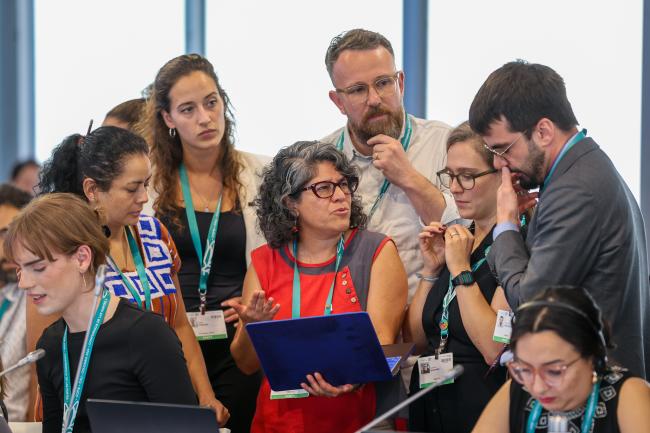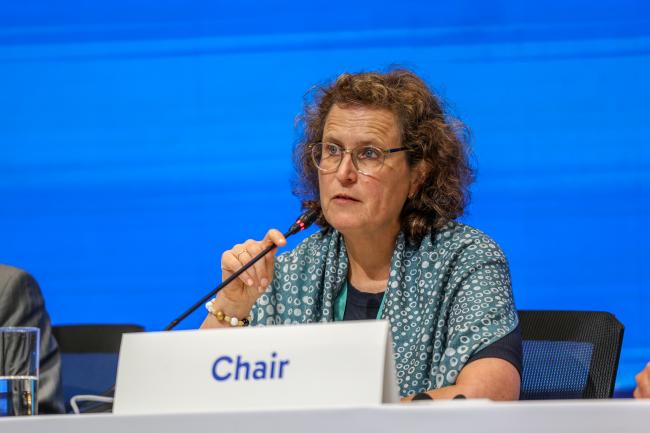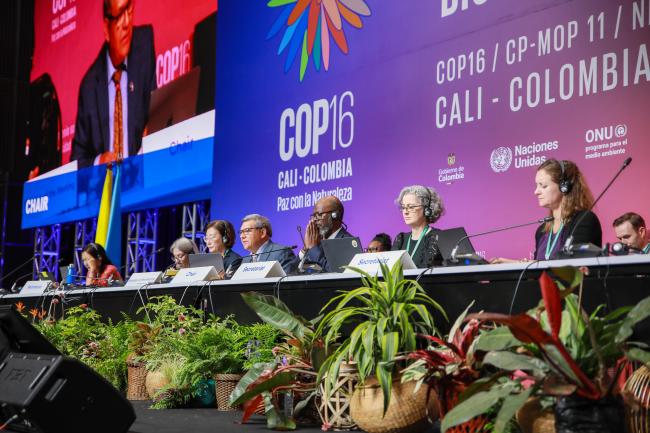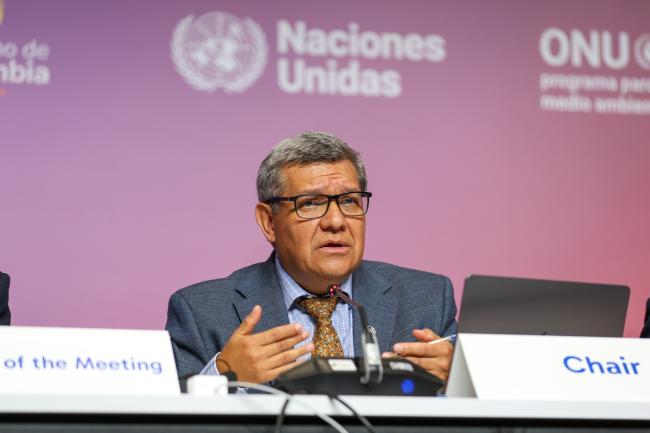Reversing biodiversity loss with equity and justice requires action on a wide range of fronts under the Convention of Biological Diversity (CBD), its Cartagena Protocol on Biosafety, and its Nagoya Protocol on access and benefit-sharing. Such action requires first and foremost political will. It is, however, impossible without adequate capacities and means of implementation, including financial resources.
Want to dig deeper into today's talks? Read the full Earth Negotiations Bulletin daily report.
Discussions over resource mobilization and financial mechanisms are often polarized in multilateral environmental negotiations, and the UN Biodiversity Conference is no exception. Working Group I deliberations highlighted the deep divergence between developed and developing countries regarding the adequacy and appropriateness of the Global Environment Facility (GEF) as the financial mechanism of the Convention.
Developed countries underscored the important contribution and support provided by the GEF, including the timely establishment of the Global Biodiversity Framework Fund. Developing countries on the other hand pointed to a series of challenges regarding the governance structures, level and fairness of support, and timeliness of funding allocation. Arguing that a profound reform of the GEF is long overdue, they called for a dedicated global instrument for biodiversity finance to support implementation of the Kunming-Montreal Global Biodiversity Framework (GBF).
Biosafety-related questions also took center stage. A contact group debated the continuation of work on horizon scanning, monitoring, and assessment of synthetic biology applications, revealing principled differences on the future of the CBD biosafety agenda. While most agreed on the need for capacity building and technology transfer as necessary to reduce inequalities, delegates disagreed on future work, with some calling for focus on the benefits of synthetic biology for GBF implementation, rather than the risks.
Divergences also surfaced during Working Group II deliberations on risk assessment and risk management of living modified organisms (LMOs) and a recommendation by the Compliance Committee of the Cartagena Protocol on Biosafety to further consider the implications of diverging interpretations of the definition of “LMO” in view of biotechnological developments such as genome editing.
In the meantime, while negotiations continued into the night on issues characterized as “technical” and “complex” by most participants, various lively parallel events showcased the richness of biodiversity action on the ground.
To receive free coverage of global environmental events delivered to your inbox, subscribe to the ENB Update newsletter.
All ENB photos are free to use with attribution. For the 2024 UN Biodiversity Conference, please use: Photo by IISD/ENB | Mike Muzurakis
Working Groups

From L-R: Working Group II Secretary Jihyun Lee; Working Group II Chair Hesiquio Benítez Díaz, Mexico; and Taukondjo Shikongo, CBD Secretariat

Intergovernmental Science-Policy Platform on Biodiversity and Ecosystem Services (IPBES) Chair David Obura
Contact Groups

Contact Group on marine and coastal biodiversity and island biodiversity Co-Chairs Erica Lucero, Argentina, and Gaute Hanssen, Norway

View of the room during the Contact Group on marine and coastal biodiversity and island biodiversity

Contact Group on biodiversity and health Co-Chairs Barbara Engels, Germany, and Stanislas Mouba, Gabon




















































